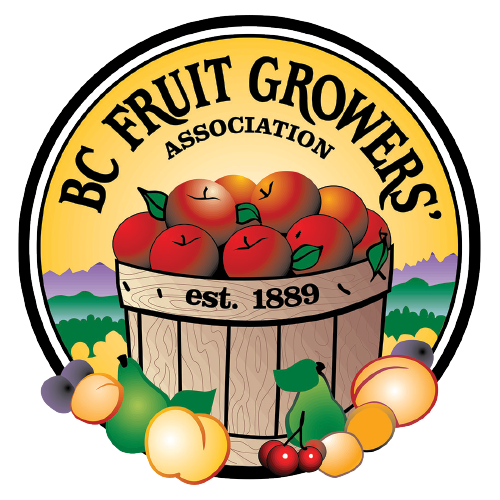The New Technology
And research was certainly of great importance, greater indeed than at any time before in the history of fruit growing in British Columbia. Technological innovations, during and following the Second World War, radically changed the business of fruit growing. A few of the changes had already been underway and were simply accelerated under new conditions-the horse, which had been on its way out, gave way to the tractor which rapidly became standard equipment in the orchard. The wartime shortage of hired help, essential to caring for and using horses, simply accelerated the trend. So did the rising price of land in the late 1940s which made it too expensive for the orchardist to keep a large chunk of his property in grazing and hay crops to feed workhorses.

Other changes were more rapid and more radical. Before the Second World War, lead arsenate was virtually the only insecticide used to control codling moth, but by 1946 it accounted for only one-third of the control spray applied. Supplanting it were cryolite and thermothiazine. The synthetic organic pesticides (DDT and the other chlorinated hydrocarbons, parathion and the other organophosphates) which had been developed during the Second World War, were only waiting for peacetime to be introduced to commercial horticultural usage. DDT’s combination of high toxicity to insects and low toxicity to humans promised relief from the dangerous arsenical sprays. DDT was discovered in 1939, but until the end of the war, the available supply was reserved for louse and mosquito control in the military zones. From 1943 onwards, however, DDT testing was carried on by the Summerland Research Station, including unsuccessful trials of applying DDT dust by blasting it out of mortars. Growers were warned that the introduction of the new “wonder” chemical in 1946 would bring new problems along with its advantages, for while DDT used properly was twenty times as effective against young codling moth larvae as lead arsenate, it had no effect on wooly aphids and various mites which had also been controlled by the arsenate. So began the juggling of sprays and controls, as new spray programs were introduced and altered almost yearly, and the grower began to wonder whether he needed training in industrial chemistry to use his material effectively. No longer was it as simple as “first cover spray”, “second cover spray”, and so on, with the entire spray calendar contained on one folded sheet of paper.

Other changes were coming at the same time. George F. Robinson of Penticton, realizing that with high labour costs the large standard apple tree was on its way out, made the first commercial planting of apples on Mailing clonal dwarfing rootstocks in 1947: Delicious, Spartan, Winesap, and Jubilee on Ml, M4, and M7. The idea did not take over immediately, but gradually growers recognized the possibilties of easier handling and a higher percentage of Extra Fancy grades from trees with better light penetration. By 1958, the nurseries supplying the Okanagan produced nearly twice as many trees on Mailing clonal stocks (mostly the semi-dwarf M2) as they did on the old standard seedling stock.







